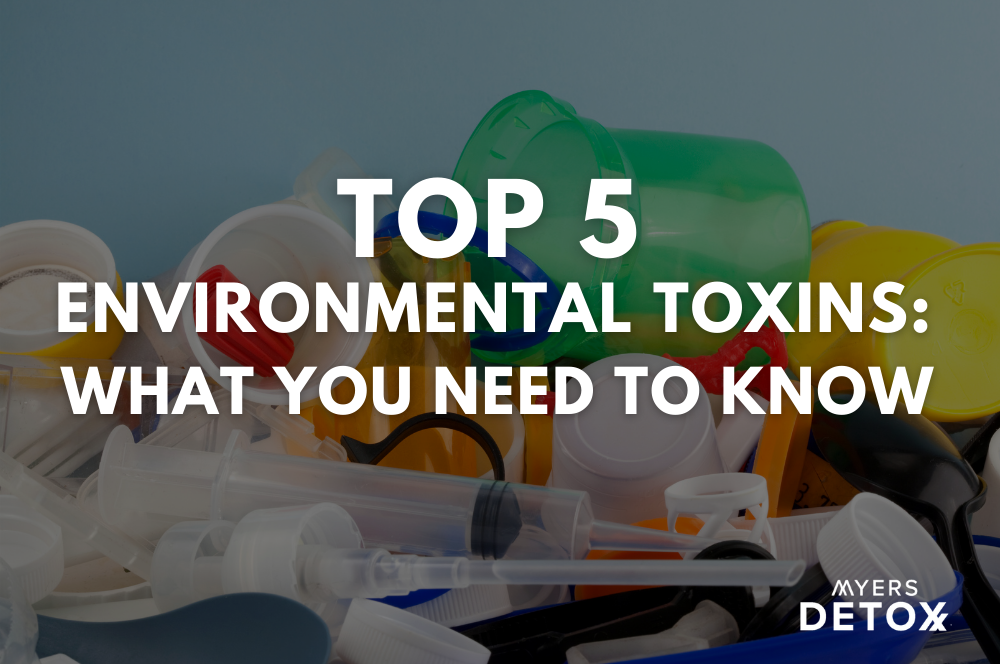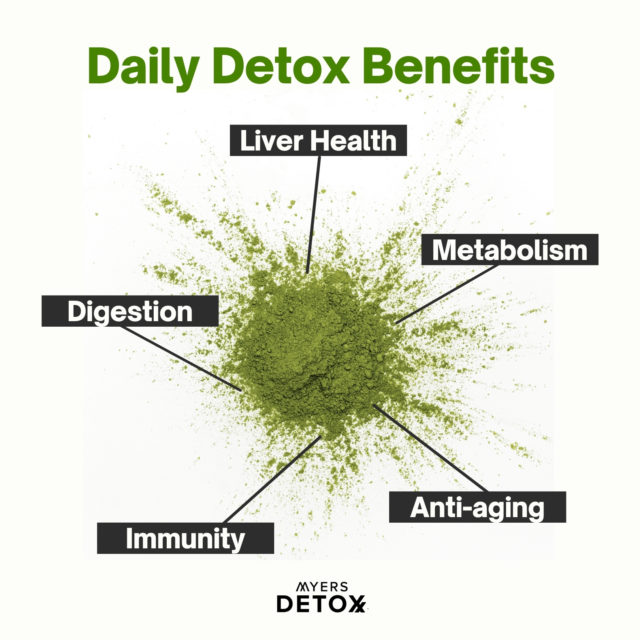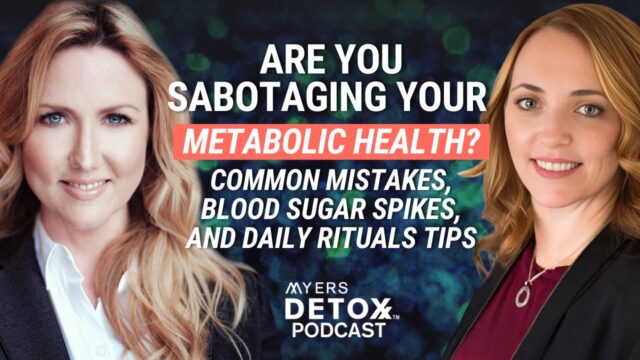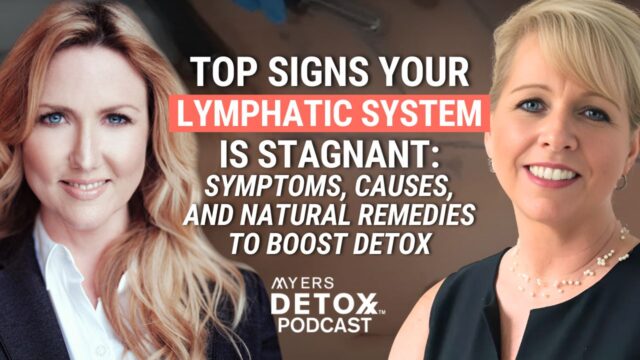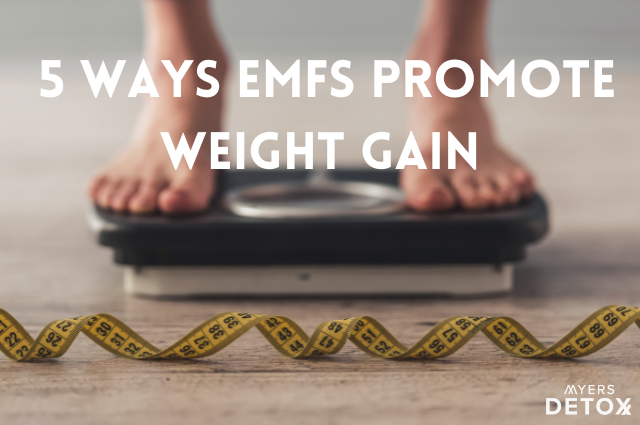While organizations like the EWG (Environmental Working Group) and the EPA (Environmental Protection Agency) are doing their best to help protect both our environment and our health, the reality is that we have a lot to be concerned about when it comes to toxins in the natural environment. Discover the top 5 environmental toxins that you need to know in this article.
From our food and water supply to the air we breathe and our personal care products – we are being bombarded with unwanted environmental toxins every day. Sadly, we don’t even realize where these chemicals are coming from most of the time.
In this article, you’ll learn:
- How and why you’re consuming about a credit card’s worth of plastic every week
- Where heavy metals are lurking in your home
- Why GMO foods may be behind some of our biggest health crises
- How your drinking water has become contaminated with pharmaceuticals
- Why your non-stick pan is creating toxic pollution that may never break down
5 Toxins Lurking In Our Environment
1. Glyphosate
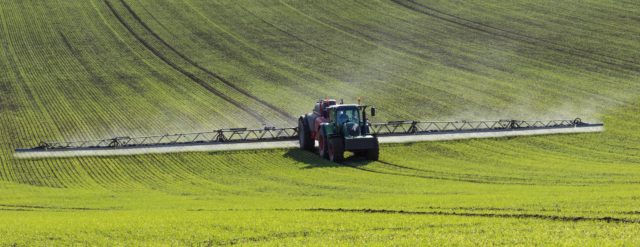
Glyphosate is the most widely used pesticide in the US, acting as the main ingredient in Roundup. Originally, glyphosate was only used for large-scale farming practices, but today its use has spread to consumers as a popular weed killer.
While this chemical does a fantastic job of extending crop yield and killing off unwanted weeds, the impact that it can have on human health is devastating.
As the use of glyphosate has steadily increased over the last two decades, so too has the incidence of immune and neurological disorders. While this may seem like a coincidence, research shows that glyphosate can directly impact your microbiome’s health. Specifically, when glyphosate interacts with your gut bacteria, it increases the number of harmful microbes while reducing the beneficial strains.
It’s well understood that your gut, immune system, and neurological health are all interrelated, making this “coincidence” seem anything but.
Some examples of these conditions that have been tied to glyphosate include[1][2]:
- Multiple sclerosis
- Diabetes
- Celiac disease
- Alzheimer’s disease
- Autism
- Dementia
- Parkinson’s disease
To make matters worse, glyphosate interferes with something called cytochrome 450, an enzyme that’s vital to detoxification. As it slows down this enzyme activity, it increases its own longevity in your body. The result is an accumulation of glyphosate in your organs of elimination, like your liver[3].
So, how insidious is this chemical in our food supply? The Environmental Working Group has found glyphosate contamination in 95% of popular oat-based foods, with all wheat-based foods containing moderate to high levels[4].
Glyphosate is primarily sprayed on crops that have been genetically modified to resist its herbicidal action. Therefore, one of the best ways to avoid glyphosate exposure is to only consume non-GMO foods (especially wheat, corn, soy, and oats).
2. Microplastics
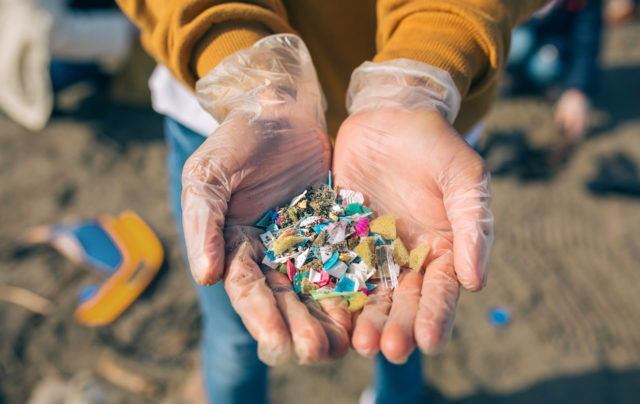
In the 1950s, the plastic industry boomed onto the scene, and since that time, the production of plastic has increased 200-fold. Furthermore, since 2000, the rate of plastic production has steadily increased by 4% each year. Keep in mind that this percentage takes into account virgin plastic, not the plastic that’s being recycled.
As you may be aware, plastic is not biodegradable, which means that as we produce more and more plastic – it’s taking over our planet. This is why we can now find plastic residues globally in almost every natural environment.
In fact, research shows that approximately one-third of all plastic produced is leaked into nature. In 2016, this accounted for 100 million metric tons of plastic waste[5].
Now, you may think to yourself, “well, I don’t see plastic everywhere in my natural environment.” And you’re right. The type of plastic that’s most devastating to our environment is not visible to the naked eye; it’s called microplastics.
Microplastics are tiny fragments of plastic, five millimeters or smaller, that can make their way into our food, drinking water, and even the air we breathe[6].
The World Wild Fund (WWF) states that globally, we are ingesting an average of five grams of plastic every week[7]. To put that into perspective, 5 grams of plastic is about the size of a credit card. Every. Single. Week.
While microplastics can be found in our soil, food, and air, our water supply takes the biggest hit. Reports show plastic particles pollute groundwater, surface water, tap water, and bottled water.
Plastic is toxic to the human body, is not biologically compatible, and can build up in our systems. Furthermore, many plastics are contaminated with other pollutants such as BPA, phthalates, UV stabilizers, lubricants, dyes, and flame-retardants[8].
Cutting down on plastic use, in general, is a good idea not only for your physical health but for the health of our environment. With that being said, your best bet for avoiding microplastic exposure is to always drink filtered water.
3. PFAS (Forever Chemicals)

PFAS (per- and polyfluoroalkyl substances), also known as “forever chemicals,” have been around since the 1930s. These human-made chemicals were developed to provide waterproof and non-stick coatings to pots and pans, textiles, and so on. At the time, PFAS were the wonder chemicals – no more scrubbing your pots and pans, and now rain could just roll off your coat.
Unfortunately, when something seems too good to be true, it’s because it often is. PFAS are now referred to as forever chemicals because they stick around in our environment…seemingly forever. The problem is that PFAS don’t fully break down, which means they are not biodegradable. Once they are leached from the products they’re manufactured on, they seep into the environment and remain there.
A recent report from the Environmental Working Group (EWG) stated that an estimated 20 million acres of cropland across the United States are contaminated with forever chemicals[9].
And our waterways aren’t faring any better. In fact, the EPA (Environmental Protection Agency) issued an updated drinking water health advisory, providing new levels at which PFAS (particularly the compounds PFOA or PFOS ) may be detected in the water while still being considered safe to drink.
In their report, they state: “The updated advisory levels, which are based on new science and consider lifetime exposure, indicate that some negative health effects may occur with concentrations of PFOA or PFOS in water that are near zero and below the EPA’s ability to detect at this time. The lower the level of PFOA and PFOS, the lower the risk to public health[10].”
In other words, any amount of these chemicals detected in water can contribute to health concerns. Meanwhile, the EWG estimates that more than 200 million Americans are drinking water contaminated with PFAS[11].
While the EPA is working hard to remove PFAS from our water supply, the sad truth is that many Americans are being exposed to these chemicals every day.
As you might imagine, if these chemicals can’t break down in the environment, the same is true in our bodies. In fact, it can take up to 15 years for levels of PFAS to reduce by half in the human body. And unfortunately, research shows that most people in the United States have measurable levels of PFAS in their blood[12].
Some specific health risks that are associated with PFAS include[13][12][14][15]:
- Changes in liver enzymes
- Small decreases in infant birth weights
- Increased risk of high blood pressure or preeclampsia in pregnant women
- Increased cholesterol levels
- Thyroid issues
- Weakened immunity
- Developmental effects in infants
- Infertility risks
- Interference with hormonal systems
- Impaired insulin and blood sugar regulation
Although it may be impossible to avoid PFAS completely, you can mitigate your exposure by avoiding non-stick pans (anything with Teflon), being wary of water-repellant or stain-repellent clothing or materials, and always drinking filtered water.
4. Heavy Metals
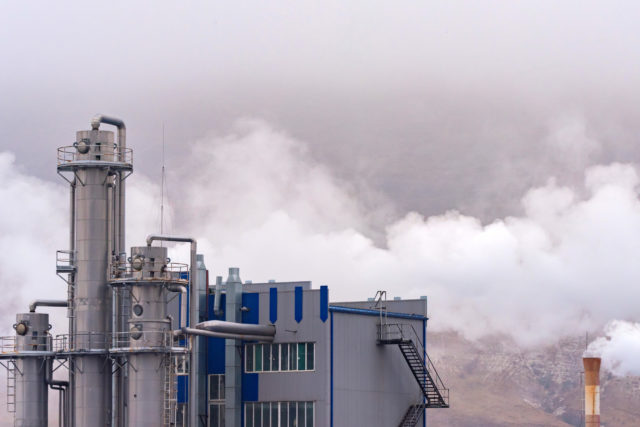
I’ve written extensively about heavy metals and how ubiquitous they are in our environment. Here is a snapshot of some of the most common heavy metal toxins in our environment and where they come from:
- Copper – copper leaches into our environment, most commonly from copper piping, but also through mining, farming, and manufacturing processes[16]. Therefore, your drinking water will most likely be exposed to copper.
- Mercury – Although mercury is now understood to be a highly toxic substance, its previous use in pesticides and dental amalgams, along with the toxicity of our oceans, make mercury toxicity an ever-present concern. Shellfish and large fish like tuna are also well-known sources of mercury. In fact, this is exactly why pregnant women have strict guidelines around their fish consumption[17].
- Aluminum – Aluminum is used extensively in manufacturing, including everyday products like antiperspirants, sunscreens and sunblocks, aluminum cans and foil, and in prescription and over-the-counter medications[18].
- Lead – Lead exposure typically comes from lead pipes, which means this is yet another contaminant that may be floating around in your water. Lead was also used in paint for many years, up until about 1978, when lead-based paints were banned. If you live in an older home that hasn’t had its lead paint removed, that’s another potential source of exposure. Furthermore, trace amounts of lead are still found in many lipstick products manufactured today[16].
- Arsenic – Arsenic gets into our environment through industrial or agricultural pollution, often ending up in our water, contaminating both the fish and our water supply[19].
- Cadmium – Cadmium is present in coal and mineral fertilizers and can enter our environment through mining, burning coal, and other industrial processes. We are exposed to cadmium through shellfish, coffee, cigarette smoke, legumes, and phosphate fertilizers[20].
As you can see, whether it’s the water supply, our personal care products, or our food, heavy metals are everywhere in our environment.
Each one of these environmental toxins comes with its own litany of health concerns, but generally speaking, heavy metals toxicity is associated with:
- Weight gain (and weight loss resistance)
- Brian fog
- Nervous system disorders
- Poor immune function
- Endocrine disorders
- Mood imbalances
- Cognitive decline
- Kidney and liver dysfunction
- And more
Trying to avoid heavy metals altogether is very challenging. These substances are everywhere in our environment, and most of them are still being used today in industrial and manufacturing processes. To mitigate heavy metal exposure, you must be aware of your personal care products, food, and water supply.
5. Pharmaceuticals
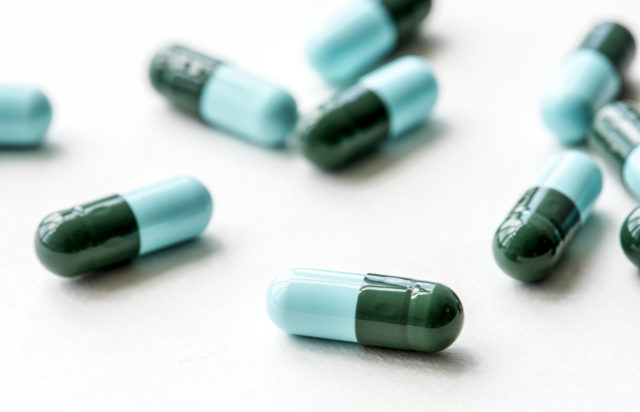
Here’s one that might take you by surprise. Along with the other toxic compounds mentioned in this article, pharmaceuticals are one of the biggest environmental pollutants we’re dealing with today.
One report that looked at pollution in the world’s rivers found that more than 25% of the rivers they assessed contained pharmaceutical contaminants[21].
The issue is that most wastewater treatment facilities aren’t equipped to filter out synthetic chemicals like those found in pharmaceuticals. As a result, these compounds flow into ground and surface waters, polluting our waterways and, ultimately, our bodies.
How exactly do pharmaceuticals get into our wastewater in the first place? The primary sources are sewage overflows, runoff from livestock operations, and waste from drug manufacturing.
Much like the other toxic substance mentioned in this article, pharmaceuticals don’t fully break down in our bodies. This means that when you take a pharmaceutical drug, you excrete active compounds during elimination. The wastewater that you flush down your toilet then goes to a facility that is unequipped to filter out the pharmaceuticals, and with 80% of the world’s wastewater discharged back into the waterways – we are basically recycling pharmaceuticals through our bodies and back into the natural environment.
As the Cary Institute of Ecosystem Studies puts it: “Aquatic life is swimming in a cocktail of antidepressants, amphetamines, birth control, and antihistamines. And research shows that these compounds alter organisms and put ecosystems, drinking water, and human health at risk[22].”
Yes, you read that right, you could be drinking water that contains a whole host of pharmaceuticals that you were never prescribed, nor would you ever want in your body.
Another very serious concern that comes with pharmaceutical pollution is the developing issue of antibiotic resistance. Researchers at the Cary Institute have found that antibiotics flowing into streams via wastewater are giving rise to drug-resistant superbugs. This could significantly undermine the usefulness of antibiotics that are needed in life-or-death situations[23].
One of the best ways to avoid exposure to pharmaceutical pollution is to always drink filtered water. A high-quality water filter should be able to remove these compounds, and any filter worth the money will advertise this clearly on its website.
Don’t Be A Victim of Your Environment – Protect Yourself From Environmental Toxins
At this point, you may be ready to run away to the mountains and never look back. But here’s the good news – you don’t have to be a victim of your environment. Yes, our natural world is in some trouble right now, and yes – you must be aware of the health concerns this presents.
However, there are things you can do to mitigate your exposure. To summarize:
- Glyphosate: Avoid GMO foods
- Microplastics: Always filter your drinking water
- PFAS (forever chemicals) avoid Teflon and anything “non-stick” and always drink filtered water
- Heavy metals: In addition to filtering your water, be sure to buy all-natural personal care products and organic foods as much as possible. Also, avoid consuming shellfish or large species like tuna.
- Pharmaceuticals: I’m not telling you to stop taking your prescribed medications, but to avoid taking someone else’s, always filter your drinking water. This includes water you cook with too.
These tips will help you avoid some of the most common sources of environmental toxins, but at this point, mitigating exposure isn’t really enough to ensure optimal health. No matter how hard you try, it’s almost impossible to fully avoid environmental pollutants today. This is why I also recommend incorporating a detox supplement into your routine.
This isn’t one of those fad “detox diets” that are floating around. The detoxification support system I recommend is not just a quick fix or a ritual that you do once a year. I recommend that every single person gently assist their body in detoxification every day.
The environmental toxins we discussed here don’t just run through your body, create a little havoc, and then go on their merry way. These toxins stick around in your cells and tissues, and they build up over time. This means that if you decide to do a complete overhaul today, you still have years’ worth of toxins sitting around in your cells, creating imbalances.
I formulated Daily Detox to be gentle enough to use every day yet powerful enough to help your body push out toxins that have been stuck in your cells for decades. The ingredients in Daily Detox not only support liver function and detoxification, but they also promote:
- Digestive health
- Immunity
- Metabolism
- Energy
- And healthy aging
You can think of Daily Detox as your all-in-one detoxification and optimal health solution.
Takeaway
While it’s true that our natural environment is becoming more contaminated and polluted than ever before, take heart in knowing that there are agencies that are working hard to protect our planet and our well-being.
You can do your part by supporting companies that avoid the use of these chemicals and curbing your own use of items like plastic and non-stick pans. Every person makes a difference, and the more we spread the word, the more change we’ll start to see.
You don’t have to put the weight of the world on your shoulders, just take care of your health and the health of your family, and you’ll be doing our environment a monumental favor.


